We’re leaving behind one of the coldest times of the year in Peru. And do you know what’s coming next? The best season to travel is summer in Peru. It officially begins at the end of December, but the truth is that the warmth and energy of this season can already be felt weeks earlier. From that moment on, thousands of travelers head to our beaches, cities, and jungles in search of the warm sun that embraces our culture. For Peruvians, summer is synonymous with vacations and relaxing days along the coast.
It’s a vibrant season that turns the country into the perfect destination for those who want to enjoy long days, clear skies, and unforgettable experiences. So today, I’ll share everything you need to know about the Peruvian summer, get ready to discover how to make the most of every moment of this unique season.
When is summer in Peru
In Peru the summer kicks off around December 21st and sticks around until March 20th, which is when it’s super hot down south for peruvians, this time of year is super good for hitting the road and exploring When schools shut down, loads of families jump at the chance to hit up the country’s top beaches, stretching from Lima all the way up, unlike the north, where summer’s in June, July, and August, loads of tourists hit up South America to chill and soak up the sun during those months.
You might be interested: 40 Animals in the peruvian amazon
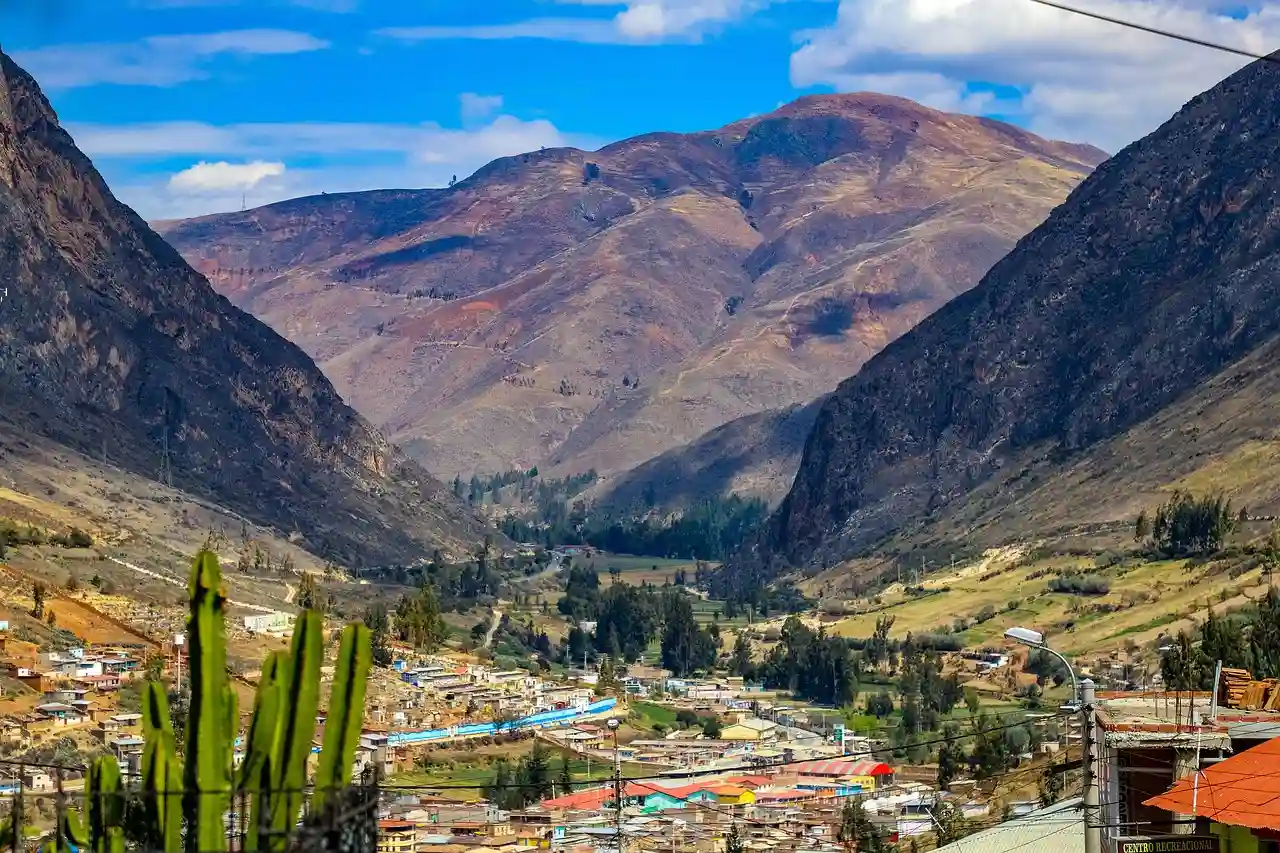
Summer in Peru weather
We’ll tell you all about the summer weather in Peru, because when I talk about summer weather in Peru, it’s not as simple as just saying “it’s hot.” Our country has three very distinct regions that you’ve probably heard about: the coast, the mountains, and the jungle, and each one experiences the season in a different way.
Coastal region in Summer
Summer along Peru’s Pacific coast is when everything lights up. Cities like Lima finally shake off that heavy winter fog, trading it for blue skies and warm, sunny days. Temps usually hover between 25°C and 30°C (77–86°F), making it prime beach weather. Locals hit the coast hard—Lima’s beaches fill up, Paracas gets buzzing, and the northern spots like Piura and Tumbes steal the show with warmer waters perfect for swimming or catching waves. It’s beach season at its best—great food, chill vibes, and sunshine for days.
Andean region in Summer
In the highlands, summer coincides with the rainy season. Destinations such as Cusco, the Sacred Valley, and Lake Titicaca experience frequent showers, cloudy skies, and occasional thunderstorms. Temperatures can still be pleasant during the day, ranging from 15°C to 20°C (59–68°F), but nights are cooler, often dropping below 10°C (50°F).
While rain can make trekking trails muddy or slippery—like the Inca Trail, which closes in February for maintenance—the landscapes become breathtakingly green, dotted with waterfalls and vibrant fields. For travelers who don’t mind a bit of rain, this season offers fewer crowds and a more mystical atmosphere. Adventurers looking for alternatives often choose the inca jungle trail, which combines hiking, biking, and jungle paths on the way to Machu Picchu. For travelers who don’t mind a bit of rain, this season offers fewer crowds and a more mystical atmosphere.
Amazon rainforest in Summer
Summer in the Peruvian Amazon means high humidity, heavy rains, and lush greenery. The average temperature hovers around 27°C to 32°C (80–90°F), but what defines the season is the daily rainfall. Rivers rise, flooding parts of the jungle, which makes wildlife spotting easier as animals gather along the water. Despite the humidity, this is a rewarding time to experience the Amazon: boat rides, birdwatching, and exploring lodges surrounded by dense, vibrant nature. Just be sure to pack lightweight clothing, insect repellent, and waterproof gear.
You might be interested: 15 Traditional food in Peru
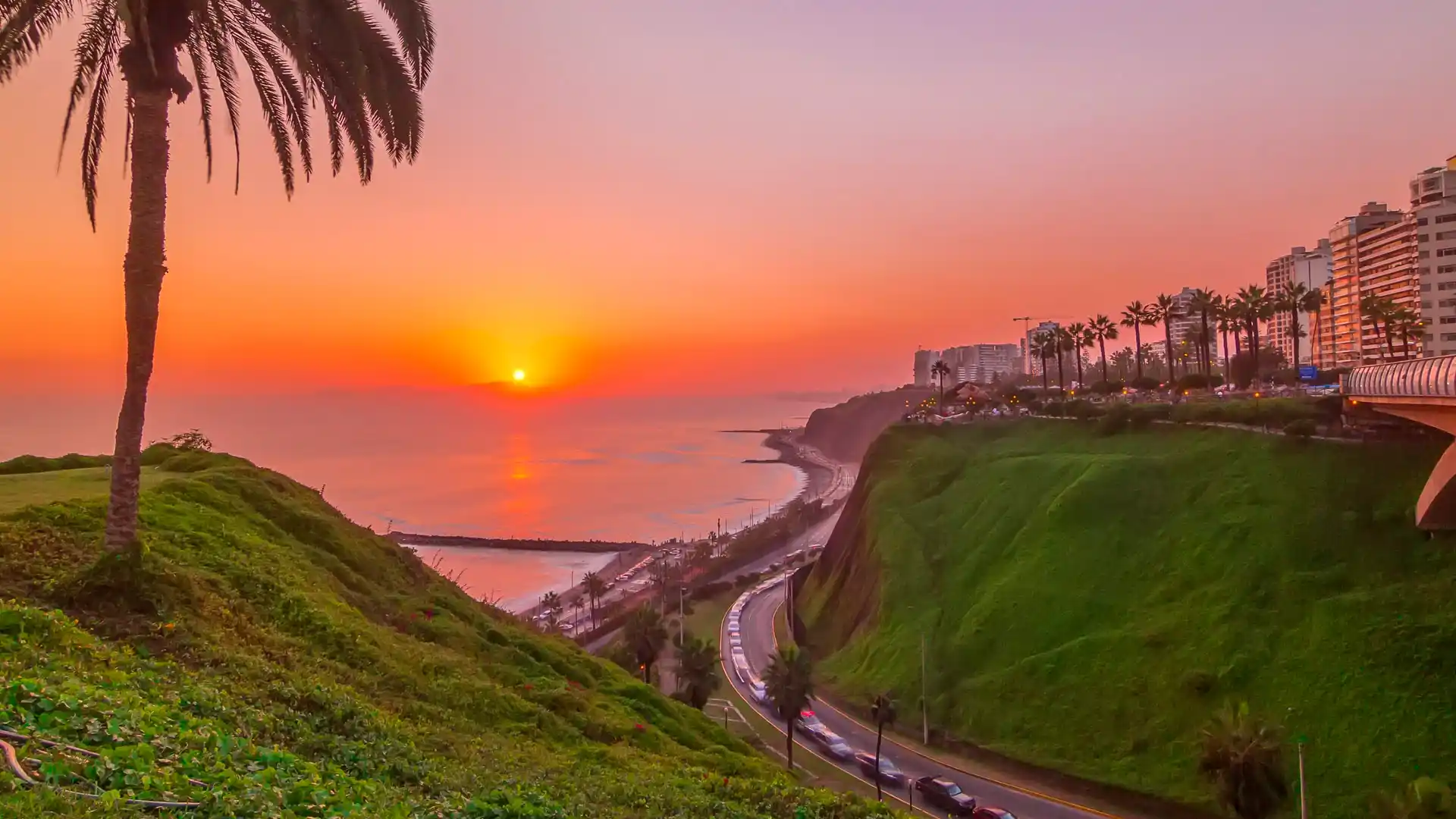
5 Best places to visit in Peru during summer
Summer in Peru is wild! the coast gets crazy sunshine, the mountains turn into rain country, and the Amazon basically explodes with life. December through March, every corner of this country does its own thing. These are the places that totally kill it when summer in Peru gets rolling.
1. Lima
Lima flips completely when summer hits. That gray fog everyone complains about just disappears, and suddenly you’ve got this buzzing capital where rooftop bars are packed and families take over the beaches. It stays around 80°F, perfect for walking through Miraflores and Barranco without breaking a sweat.
Coastal neighborhoods go nuts with outdoor eating, street parties, and this crazy energy you only get when 10 million people are having a good time. Costa Verde beaches are great for learning to surf, or you can watch paragliders jump off cliffs like it’s no big deal.
The food gets insane during these months. Ceviche hits different when you’re eating outside, and night markets turn into these social scenes where everyone’s mixing over pisco sours. The Magic Water Circuit after dark is pure family fun – those fountain shows will crack you up.
2. Paracas
This place becomes wildlife central when summer rolls around. Ballestas Islands trips run smooth, putting you right next to sea lions, penguins, and tons of birds hanging out on these dramatic rocks. Desert meeting ocean here will blow your mind. You’re watching dolphins one second, then walking through Paracas National Reserve where red dunes just roll into bright blue water.
Summer means calm water for boat rides and dry desert that’s actually comfortable to explore. Local pisco spots get busy too – drinking under clear skies while someone explains how they make Peru’s national booze. Most people just pass through heading to Huacachina, but this place needs a whole day.
3. Huacachina
Think tiny desert oasis with palm trees and green water, huge sand dunes everywhere. Summer in Peru doesn’t get more fun than Huacachina when the weather’s perfect. Dune buggy drivers are completely fearless, they’ll whip you around sand mountains while you’re hanging on tight. Sandboarding becomes seriously addictive, especially nailing runs while the sun goes down behind those massive dunes.
Nights here are something else. Desert cools down enough to be comfortable.
4. Arequipa
The “White City” looks amazing during summer! with perfect weather for checking out colonial buildings and incredible food. White volcanic stone makes everything glow under summer sun – your photos will look pro without trying. Santa Catalina Monastery becomes doable without dying from heat – this city-inside-a-city with bright blues and reds pops against clear skies. Colca Canyon opens up for multi-day hikes, and you might catch condors riding air currents.
Restaurant patios come alive where you can try rocoto relleno and spicy local stuff with volcanoes in the background. Being at 7,500 feet keeps things comfortable even in peak summer, making this the perfect base for southern Peru adventures.
5. Cusco
Yeah, Cusco gets rain during summer, but this is when the city gets real. Way fewer tourists means Machu Picchu and Sacred Valley feel more like yours, plus hotels cost way less and rain usually hits in afternoon bursts, so mornings stay clear for wandering around. When it does rain, hitting local markets, museums, or cozy cafés becomes part of the whole thing. Mountains turn bright green, making even gray days look good. Treks like Salkantay and Choquequirao turn into jungle adventures during summer in Peru. You’ll get wet, but waterfalls are at their craziest and you might see Machu Picchu wrapped in mist. Wet season keeps crowds down – sometimes you’ll have whole viewpoints to yourself.
Summer in Lima
Let me tell you everything you need to know about summer in Peru’s capital, because Lima during this time is a totally different beast. From December to March, Lima sheds that gray fog everyone talks about and turns into a buzzing metropolis where sunshine rules and life happens outdoors. Here’s why Lima’s summer is something you’ve got to experience at least once.
The weather in Lima
Forget everything you’ve heard about Lima being gray and cold. On the central coast, Lima gears up for hot summer with cloudy skies during early morning hours that clear up by midday. Temperatures in the western districts hover between 70°F and 82°F. Days kick off with that typical fog lifting like a curtain until around 11 AM when bright sun shows up and sticks around until 7 PM. Through the rest of January, Lima hits daytime temps between 81°F and 88°F, but February cranks it up with peaks hitting 90°F in some districts. That’s when you finally get why Lima has over 10 million people – because when the weather’s good, there’s no more perfect place on Earth.
Costa verde beaches
Costa Verde is the soul of Lima’s summer. This stretch starts in Miraflores at the corner of 28 de Julio and Reducto, taking you through the coastal neighborhoods of Miraflores and Barranco. You’ll cruise both the clifftop walks and the beachside paths right at sea level. Don’t expect northern Peru’s paradise beaches, but do expect a unique urban vibe. Popular spots are Waikiki, Redondo, and Barranquito, where you’ll see surfers from dawn to dusk catching waves that aren’t perfect but are definitely consistent. You’ll find hangout spots for all kinds of activities: surfing, paragliding, soccer courts, volleyball, parking, concert areas, restaurants, social clubs, plus fishing zones.
The best part about Lima beaches isn’t really swimming (water stays cold year-round) – it’s the scene. Families with coolers full of ceviche, friend groups playing volleyball, surfers of all ages, and that feeling like the entire city moved to the beach for a few months.
Miraflores and Barranco
Miraflores in summer is pure urban magic. The Malecón fills up with couples walking at sunset, restaurant terraces don’t have empty tables, and Parque del Amor becomes the go-to romantic meetup spot. Sundays, Bajada Balta turns into an outdoor craft market where you can score everything from authentic alpaca to contemporary Peruvian art.
Barranco, the artsy district, explodes with nightlife during summer in Peru. Bars on Bolognesi street spill onto the sidewalks, there’s live music on every corner, and Puente de los Suspiros becomes the perfect backdrop for those Instagram shots. Barranco nights in summer don’t have closing time – they just keep going until your body gives up.
Must-do Summer activities in Lima
- Costa Verde Bike Path: Sundays they shut down the oceanside avenue and it becomes one giant bike lane. Pedaling from San Miguel to
- Chorrillos connects you with the city’s real rhythm.
- Clifftop Paragliding: Flying over 10 million people isn’t something you can do just anywhere. Miraflores cliffs give you the perfect bird’s-eye view of the entire capital.
- Outdoor Concerts: Summer explodes with music. Shows at Parque de la Exposición, intimate concerts on Barranco rooftops – everything sounds better under the stars.
- Night Markets: Weekends bring markets where you eat, buy crafts, and catch live music. Laid-back vibe that’s totally authentic.
You might be interested: World tourism day in Peru
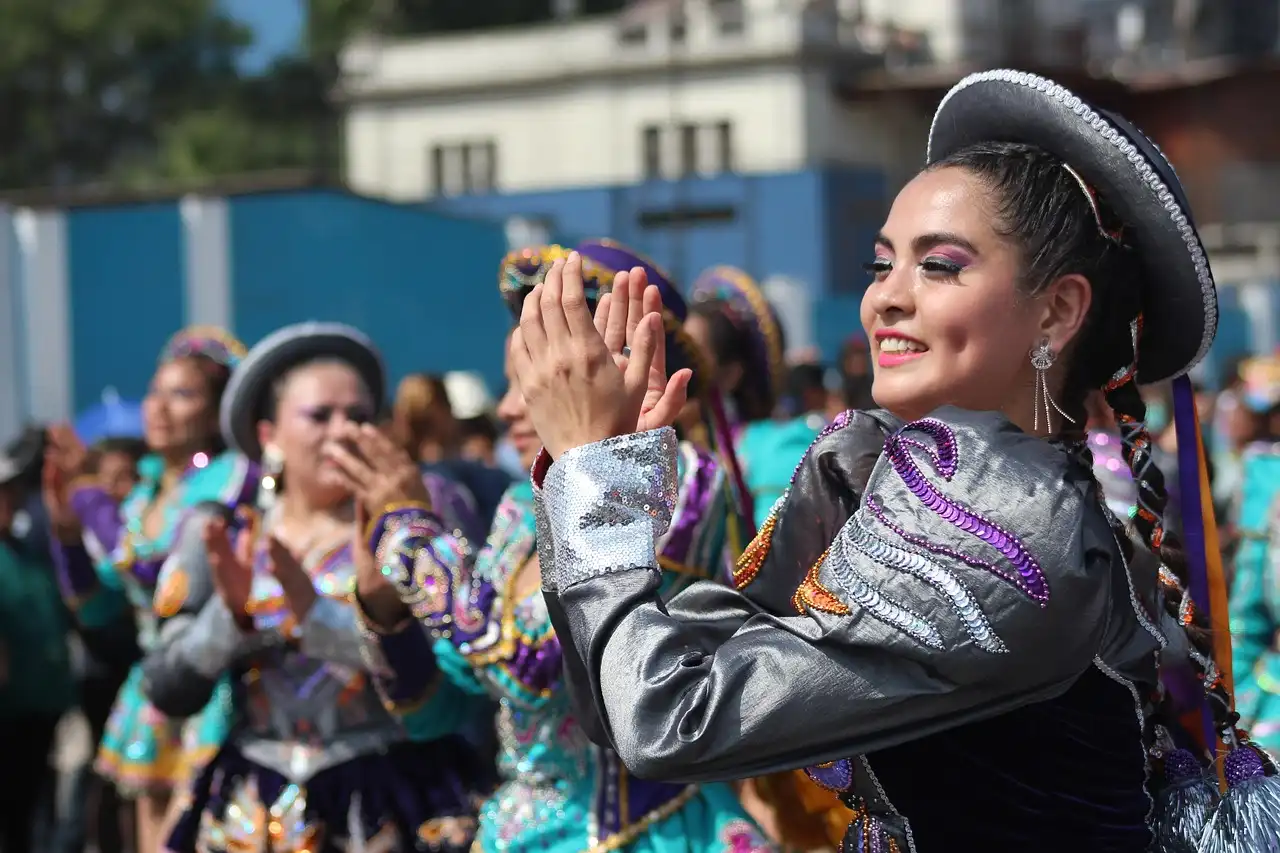
Events during summer in Peru
Let me tell you about the best summer events and festivals in Peru that you absolutely can’t miss. From December through March, every region brings out their finest celebrations mixing ancient traditions with pure joy. From religious ceremonies that give you goosebumps to music festivals that go until sunrise, here’s everything happening when the sun’s beating down hard on Peruvian soil.
1. Virgen de la Candelaria Festival
La Candelaria is that festival that catches you off guard and doesn’t let go until you’re dancing in the streets like you’ve lived there your whole life. Every February, Peru’s La Candelaria festival in Puno blends Catholic and Andean traditions, now inscribed on UNESCO’s Intangible Cultural Heritage of Humanity list.
Thousands of dancers show up from across the region wearing outfits that sparkle under the highland sun. Devils, caporales, morenadas – every dance tells stories that go back centuries. The atmosphere gets so intense that even people who don’t dance end up moving to bands that play nonstop for two solid weeks. Streets fill up with street food, cold beer, and that energy you only feel when an entire town celebrates together.
2. International Marinera Festival
Trujillo knows how to do things with class, and the Marinera Festival is perfect proof. The Marinera Festival is a hugely popular celebration in Trujillo that runs for a full month, from January 1st to February 1st, celebrating this dance with Hispanic and African roots.
Watching couples dance the marinera is like witnessing poetry in motion. Charming men in their straw hats and elegant women in dresses that fly with every turn – it’s pure seduction turned into art. Competitions get intense, entire families participate, and visitors end up falling in love with this dance that represents Peru’s coastal soul. Between competitions, there are workshops, live shows, and tons of northern food that’ll make your mouth water.
3. Grape Harvest Festival or Vendimia
March rolls around and Ica becomes the world capital of wine and pisco. Ica’s Vendimia is pure celebration of fertile land that produces South America’s finest spirits. The 2025 International Grape Harvest Festival ran from March 7th to 17th, with the theme “Back to Origins,” celebrating the best of music, gastronomy, and winemaking tradition.
The festival kicks off with traditional grape stomping at midday, followed by colorful parades throughout the city. Wineries open their doors for tastings that’ll make you a pisco expert in one afternoon, there are marinera competitions among the vineyards, and nights fill up with shows where national and international artists perform surrounded by the aroma of fermenting grapes. This is when Ica shows it doesn’t just make the world’s best pisco – it knows how to celebrate it like nobody else.
4. Verano Negro Festival
Chincha explodes with Afro-Peruvian music when Verano Negro hits in late February. The Black Summer Festival runs from late February through early March, with celebrations lasting about 10 days full of activities that both locals and foreigners enjoy. This is when cajón drums, quijada jawbones, and festejo rhythms take the streets with a force that makes your body move without permission. The best Afro-Peruvian musicians show up to pay tribute to their roots, there are dance workshops where you can learn to move your hips to landó rhythms, and criolla food flows on every corner. It’s pure culture, raw identity, and one of the most authentic experiences you can have in Peru.
5. Regional Carnivals
February is carnival month and every Peruvian region has its own way to celebrate. In Cajamarca, the Cajamarca Carnival is pure countryside joy with yunzas, folk songs, and that tradition of getting soaked with water and talcum powder until you’re unrecognizable. It’s participatory, chaotic, and absolutely hilarious.
Ayacucho also brings its share with celebrations combining traditional music, regional food, and that Andean spirit that’s contagious. Sierra carnivals are different from everything else – more authentic, more family-oriented, where tourists and locals end up being friends after dancing together in the plaza.
You might be interested: Visiting Peru in September
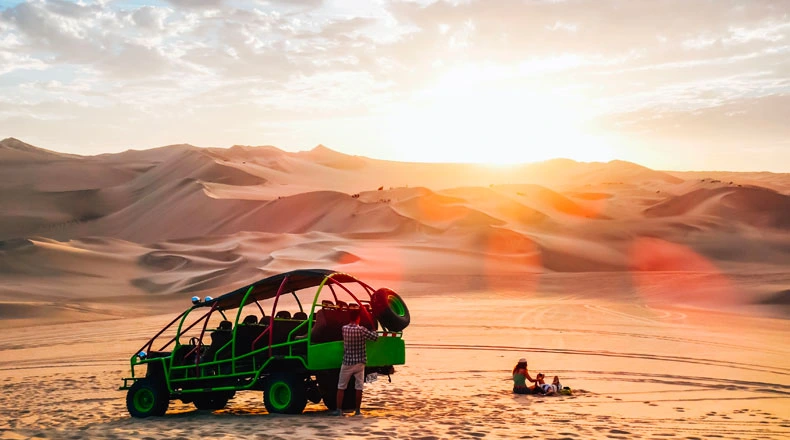
Things to do in summer in Peru
While the north freezes through winter, we’re living it up with golden beaches, thick jungles, and cities that wake up under blazing sun. Peru’s summer is hands down the best time to check out the southern hemisphere – every corner has its own version of heaven. Whether you’re chasing waves in Máncora or floating down Amazon rivers packed with wildlife, here’s how to squeeze every drop out of this wild season.
1. Surf the northern beaches
Máncora turns into Peru’s surf capital when summer rolls around. Waves keep coming all day, water feels like a warm bath at 75°F, and everyone’s just hanging loose. Doesn’t matter if you’re just starting out or you’ve been riding waves for years – this place gets you.
Then there’s Punta Sal, which is more your quiet beach getaway. Picture this: white sand that squeaks under your feet and water so clear you can see your toes. Plus, you get to munch on killer ceviche while watching local fishermen haul in their catch. Talk about fresh seafood.
2. Explore the Amazon at its peak
Amazon summer? Now that’s something else entirely. Rain wakes up every creature in the forest, rivers get fat and wide, opening up secret spots you’d never reach otherwise. This is when pink dolphins show off and jaguars actually come out to play.
Head to Manu or Pacaya-Samiria and you’ll see what real jungle looks like. Animals everywhere, colors so bright they hurt your eyes, and every boat trip feels like you stumbled into a National Geographic documentary.
3. Live the most colorful festivals
February hits and Puno goes absolutely nuts with La Candelaria. We’re talking thousands of dancers in costumes that cost more than your car, filling every street with music that gets in your bones. Miss this and you’re missing Peru.
Meanwhile, Trujillo puts on the Marinera Festival – pure class. Couples glide around in traditional gear, dancing Peru’s signature moves. It’s like watching poetry in motion, honestly.
4. Explore Lima “The city of Kings”
Summer Lima is a completely different beast. Rooftop bars start buzzing, everyone hits the terraces, and spots like Miraflores and Barranco turn into outdoor parties. With weather sitting pretty at 79°F, you’ll want to walk everywhere and eat on every patio you see.
Don’t sleep on the Magic Water Circuit either. Families pack the place to watch fountains dance to music under colored lights. Sounds cheesy until you’re there grinning like an idiot with everyone else.
5. Practice sandboarding
Huacachina is where things get crazy. Picture yourself bombing down dunes the size of skyscrapers while desert sun beats down on you. Your legs will shake, your heart will race, and you’ll probably eat some sand – but damn, what a ride.
The dune buggy tours are just as nuts. Drivers who clearly have no fear whip you around the desert like you’re in some action movie.
6. Discover the Sacred Valley in the rain
Sure, it rains, but Sacred Valley in summer is green like you wouldn’t believe. Those ancient terraces shimmer after every storm, and all the ruins get this mysterious fog rolling through them. Seeing Machu Picchu this way hits different – more moody, more magical.
The salt mines at Maras look insane with storm clouds rolling overhead. White terraces pop against green mountains, and every photo looks like it belongs in a magazine.
7. Go gafting on swollen rivers
Peru’s summer rivers don’t mess around. The Apurímac throws rapids at you that’ll get your blood pumping while mountain scenery flies by. Just you, rushing water, and some of the most beautiful landscape on Earth.
8. Soar paragliding over the coast
Lima from a thousand feet up will blow your mind. Summer winds are steady and strong, perfect for floating over cliffs, beaches, and city sprawl. Up there, nothing else matters – just you and all that space below.
You might be interested: Festivals in Cusco month by month

What to pack for summer in Peru
Summer in Peru (December to March) is unique: while the coast is hot and sunny, the Andes and the Amazon are in the middle of their rainy season. That means your packing list has to cover completely different climates in just one trip. To keep things easy, here’s a breakdown of what to bring for each region.
1. The Coast (Lima, Paracas, Máncora, Tumbes)
- Light cotton or linen clothes.
- Swimsuit and comfy flip-flops.
- Wide-brimmed hat, sunglasses, and high-SPF sunscreen.
- Long-sleeve shirts or light cover-ups for extra sun protection.
- A light sweater or jacket for cooler evenings in cities like Lima.
- Reusable water bottle to stay hydrated.
2. The Andes (Cusco, Sacred Valley, Arequipa, Puno)
- Layered clothing: breathable t-shirts, a fleece, and a waterproof jacket.
- Quick-dry pants and a rain poncho.
- Waterproof hiking boots or trail shoes with good grip.
- Beanie, scarf, and thermal socks for cold nights.
- Sunscreen—the sun at high altitude is intense, even on cloudy days.
- Daypack with a rain cover for hikes.
- Coca candies or tea to help with altitude sickness.
3. The Amazon (Iquitos, Puerto Maldonado, Tarapoto)
- Long-sleeve shirts and lightweight quick-dry pants.
- Waterproof jacket or heavy-duty poncho.
- Strong insect repellent.
- Rubber boots or sturdy trekking shoes (many lodges lend boots).
- Dry bag or waterproof case for your phone and camera.
- Hat or cap for the tropical sun.
- Quick-dry underwear and a microfiber towel.
You might be interested: 7 National Parks in the Amazon
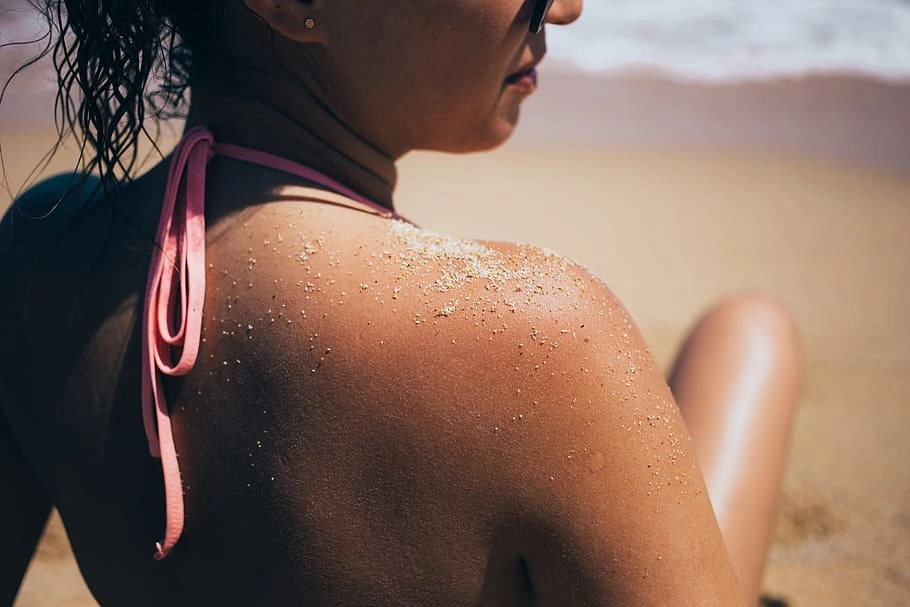
Taking care of your skin during summer in Peru
While you’re enjoying your summer trip to Peru, we don’t want you to damage your skin with an extreme tan. So, in this section, we’ll tell you the best way to protect your skin during this hot season.
- The sun in Peru doesn’t mess around, especially in high-altitude cities like Cusco. Wear sunscreen with SPF 30 or higher, put it on about 30 minutes before heading out, and don’t forget to reapply every couple of hours.
- Try not to bake under the sun between 10 a.m. and 4 p.m. those are perfect hours to grab lunch, wander through a museum, or sneak in a power nap.
- On the coast, stick to lightweight cotton or linen clothes. In the Andes, layering is the way to go, throw on a fleece and a waterproof jacket just in case.
- A wide-brimmed hat, UV-protection shades, and light long-sleeve shirts will be your best buddies against the sun.
- Heat and altitude will dehydrate you faster than you expect, so always carry a water bottle and sip often, even if you don’t feel thirsty.
- And don’t skip lip care, use a lip balm with SPF especially up in the mountains where the air is super dry.
Why choose summer to visit Peru
The weather is so spot-on that for many travelers it becomes a big reason to choose summer in Peru as their go-to destination. And honestly, it makes sense because Peru have this sunny skies, refreshing breezes, and landscapes that just keep surprising you. With the right guidance, your trip can turn into way more than just a vacation it’s about living experiences and ticking off dreams with every adventure. From exploring Machu Picchu to enjoying puerto maldonado amazon tours, every moment is a chance to connect with nature and culture in unique ways. So why wait? Start planning now and get ready to dive into everything that next summer in Peru has waiting for you.



